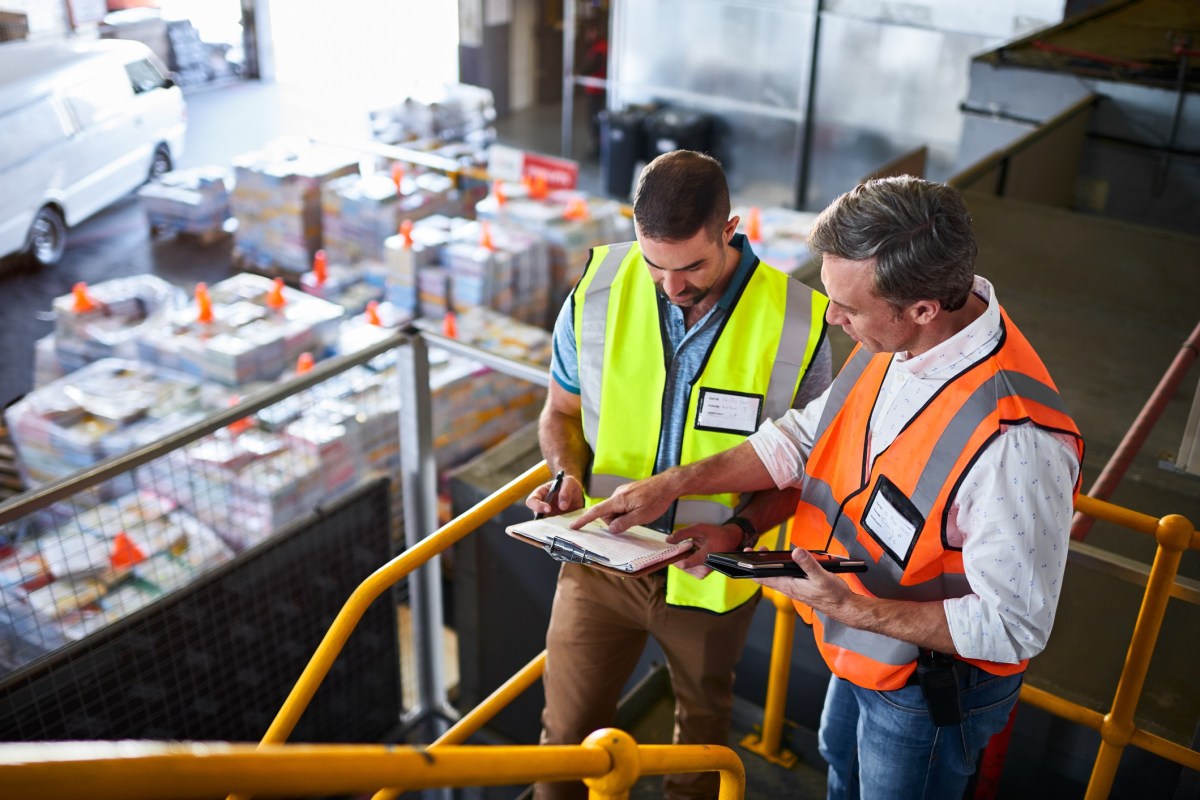A new report from Accenture has found that just 10% of companies are on the right path to building customer-centric supply chains that are resilient and enable growth, prior to the COVID-19 pandemic.
Based on a global survey, the report A License for Growth: Customer-centric supply chain, identifies major supply chain challenges including inflexibility to deliver undifferentiated customer offerings, poor ecosystem design lacking the right partners, and a siloed technology architecture that stifles collaboration and co-innovation.
Accenture Australia and New Zealand operations lead, Jordan Griffiths said COVID-19 has brought into sharp focus the need for companies to be agile and responsive to supply and demand impacts in a highly volatile world.
“Australian companies have done well to respond to the massive disruption and as they begin to adjust and future proof their models, they need to take into account: agility and speed, including how intelligence is shared across the supply chain; sustainability of the production loop from recycle to reuse; localisation of suppliers to reduce risk and transportation; and partnering for the long term with companies who are resilient and focused on delivery of outcomes in good and bad times.”
The Accenture analysis found that leading companies follow four key practices:
- Begin with the customer in mind. Base supply chain strategy on what the customer values as customer experiences becomes purpose-led and personalised. More than two-thirds (71%) of the leading companies build supply chain strategies linked to key customer value propositions, such as sustainability, data privacy/security and customised delivery and service.
- Turn insight into innovation. Invest in building analytical, asset-light collaboration architectures, which could significantly increase the supply chain’s impact on revenue and success. In fact, more than half of the average revenue growth that the leading companies experienced came from collaboration tools and data-driven insight technologies.
- Develop targeted capabilities. These leading companies have built capabilities to segment customers and products in real-time. They have partnered with procurement to design products and services and identify potential suppliers to achieve target margins. They also invest in advanced cybersecurity capabilities to address growing security threats.
- Engage the CEO beyond conversation. Support from the top is key to true supply chain transformation. The CEOs of these leading companies are more likely to drive supply chain discussions with their boards and translate those discussions into results.

